SOURCE: IDRW.ORG TEAM
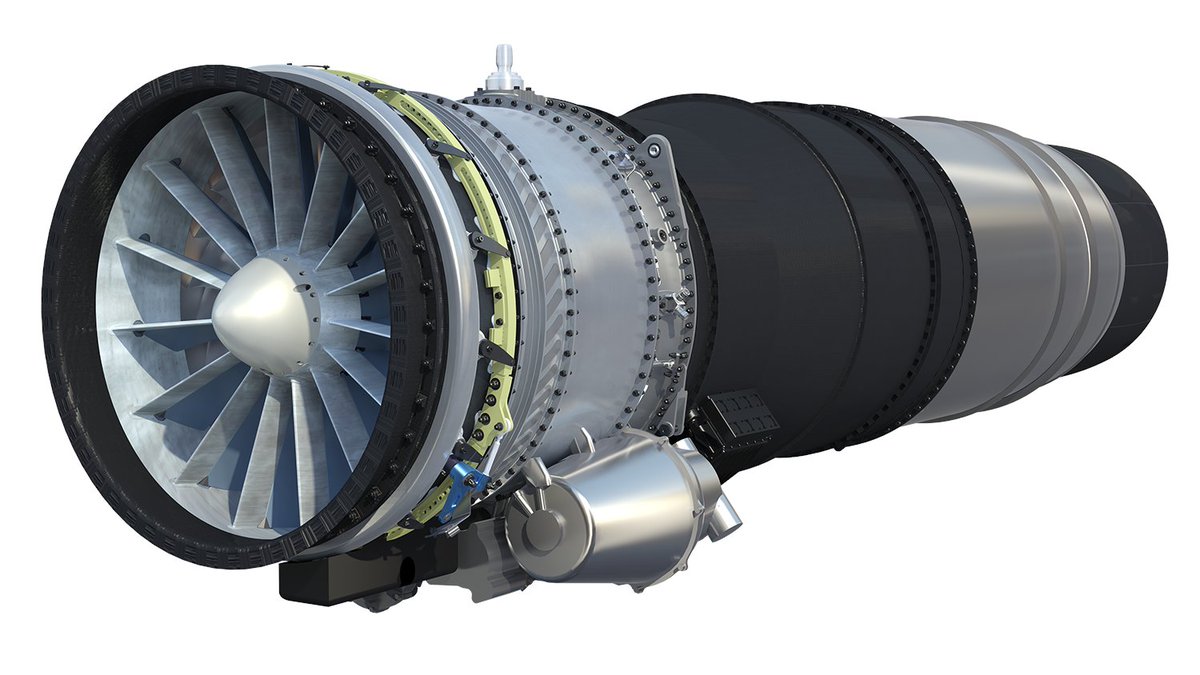
As India’s quest for a fifth-generation fighter jet gathers momentum, Rolls-Royce has thrown down a gauntlet with an audacious offer. The British engine giant has proposed co-developing a “Clean-Slate” new engine for India’s Advanced Medium Combat Aircraft (AMCA) program, promising complete intellectual property (IP) transfer and operationalization within a flat decade.
This offer comes at a pivotal moment, coinciding with Indian Defence Minister Rajnath Singh’s upcoming two-day visit to the UK, aimed at strengthening strategic and security ties. With India’s indigenous Kaveri engine project facing delays, Rolls-Royce’s proposal presents a potentially attractive alternative.
Continue readingSOURCE: RAUNAK KUNDE / NEWS BEAT / IDRW.ORG
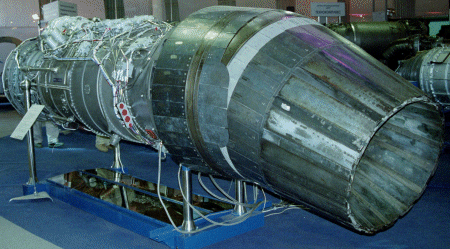
In a recent visit by India’s External Affairs Minister, S. Jaishankar, to Russia last month, Russia reiterated its offer to supply the AL-41F-1S (article 117S) aircraft engine for India’s Sukhoi-30MKI fleet. The AL-41F-1S is a modular two-shaft turbofan engine equipped with thrust vector control and integrated digital control systems.
Currently, the Indian Air Force’s (IAF) Su-30MKI fleet is powered by the AL-31FP (122.6 kN) engine. However, in a significant development, Hindustan Aeronautics Limited (HAL) has recently received approval for the upgrade of the Sukhoi-30MKI, where 84 Su-30s from the first batch will undergo a comprehensive transformation. The upgrade includes the installation of all-new avionics and an Indian-developed Active Electronically Scanned Array (AESA) Radar. Over 50 major subsystems will be replaced by indigenous systems.
Continue readingSOURCE: RAUNAK KUNDE / NEWS BEAT / IDRW.ORG
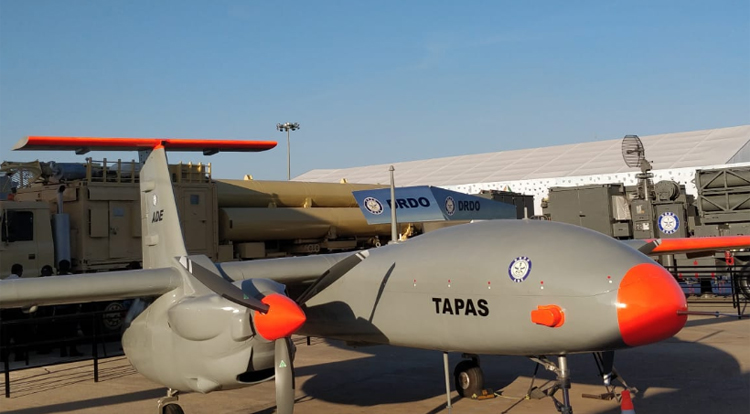
India’s endeavour into the development of unmanned aerial vehicles (UAVs) has been marked by ambitious projects such as the Rustom-II (Tapas), designed to be a medium-altitude long-endurance (MALE) UAV. However, recent reports suggest that this ambitious venture might never see production due to a myriad of challenges faced by the Aeronautical Development Establishment (ADE) in meeting the Preliminary Staff Qualitative Requirements (PSQR) standards.
One of the major stumbling blocks for the Rustom-II (Tapas) program was its failure to meet the Preliminary Staff Qualitative Requirement (PSQR) requirements. The UAV was expected to reach an altitude of 30,000 feet and demonstrate a flight time of 20 hours. Regrettably, the vehicle fell short of these benchmarks, leading to reconsideration of its viability for production.
Continue readingSOURCE: RAUNAK KUNDE / NEWS BEAT / IDRW.ORG

Bangalore-based drone startup NewSpace Research and Technologies (NRT) is making waves with its innovative Combat Cloud platform, designed for data fusion and distribution within drone swarms. This cutting-edge technology, part of NRT’s Fused Teaming with Unmanned Rapid Effects (FUTURE) initiative, promises to revolutionize battlefield communication and decision-making.
Imagine a network where authorized drones, each a node, seamlessly share and analyze critical data. This is the essence of Combat Cloud. Each drone acts as a sensor and processor, contributing to a shared intelligence picture that empowers faster command and control (C2), quicker OODA loop closure (Observe, Orient, Decide, Act), and intelligent decision-making at the edge of the battlefield.
Continue readingSOURCE: IDRW.ORG TEAM
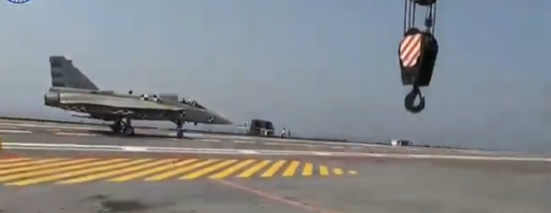
Marking a historic milestone, the Light Combat Aircraft (LCA) Naval trainer prototype NP5 has successfully completed a series of landings and take-offs from India’s first domestically built aircraft carrier, INS Vikrant. This achievement, showcased in the recent DRDO Year-End Review 2023, signifies a major leap forward in India’s quest for self-reliance in naval aviation.
NP5, which made its maiden flight last August, was initially planned to undergo trials on both INS Vikramaditya and INS Vikrant. Its successful operation on Vikrant demonstrates the aircraft’s adaptability and robustness, paving the way for its seamless integration into the Indian Navy’s carrier operations.
Continue readingSOURCE: IDRW.ORG TEAM
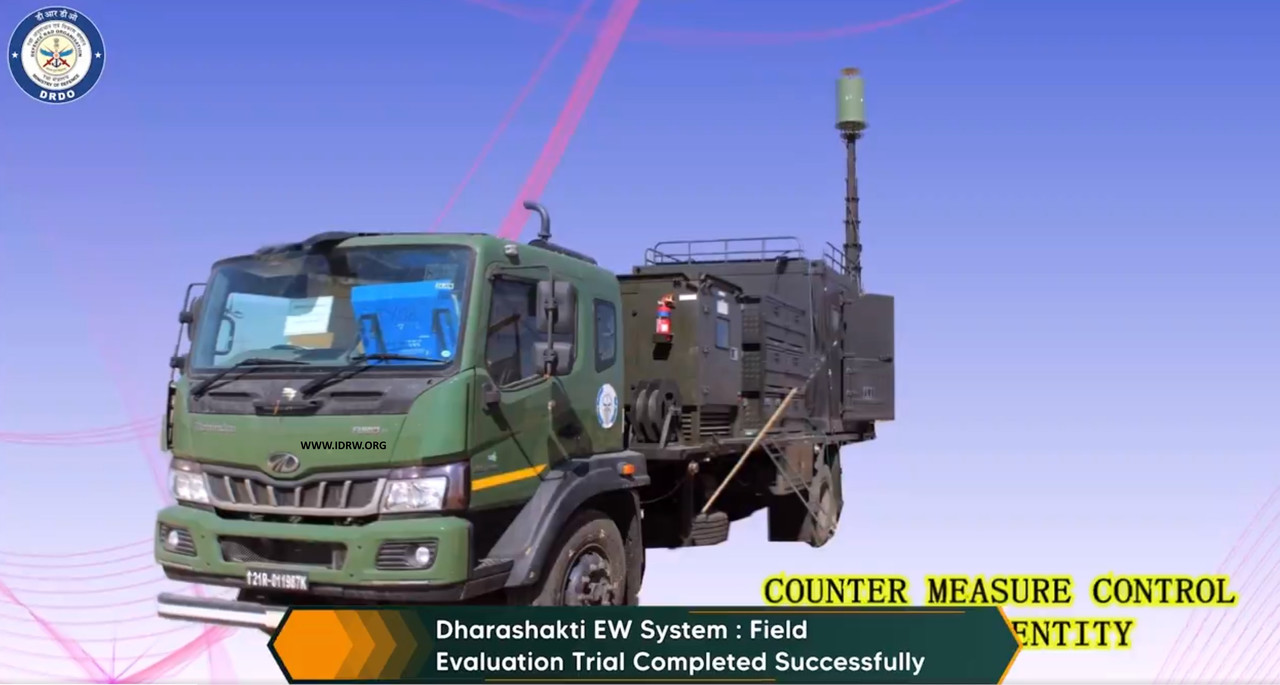
In a significant leap forward, the Defense Research and Development Organization (DRDO) concluded 2023 on a high note, confirming the successful completion of Field Evaluation Trials for the Dharashakti Electronic Warfare (EW) System. This state-of-the-art system encompasses a comprehensive array of entities designed to address Control, Counter Measures, Jamming, Reconnaissance, and Direction Finding in diverse terrains such as deserts and plains.
The Dharashakti EW System boasts an intricate configuration comprising multiple entities, each serving a specific purpose in enhancing the electronic warfare capabilities. The key components include the Control Center Entity, Counter Measure Control Entity, Jammer UAV Entity, Reconnaissance and Direction Finding Station Radar, Jammer and High Band Entity, Jammer Interceptor Mobile Entity, and Jammer Station Very Ultra High Frequency Entity.
Continue readingSOURCE: RAUNAK KUNDE / NEWS BEAT / IDRW.ORG
Amidst whispers and speculation, India’s indigenous Archer-NG, a Medium-Altitude Long-Endurance (MALE) Unmanned Aerial Vehicle (UAV), is poised to take flight. Developed by the Aeronautical Development Establishment (ADE) of DRDO, the Archer-NG promises to strengthen India’s aerial surveillance and strike capabilities.
Contrary to speculation, the Archer-NG is not a licensed variant of the Israeli Heron MkII. While it draws inspiration from existing technologies, it marks a significant leap forward in indigenous design and development. In fact, the project leverages the extensive expertise gained through the Tapas program, a crucial stepping stone in India’s UAV development journey.
Continue readingSOURCE: RAUNAK KUNDE / NEWS BEAT / IDRW.ORG
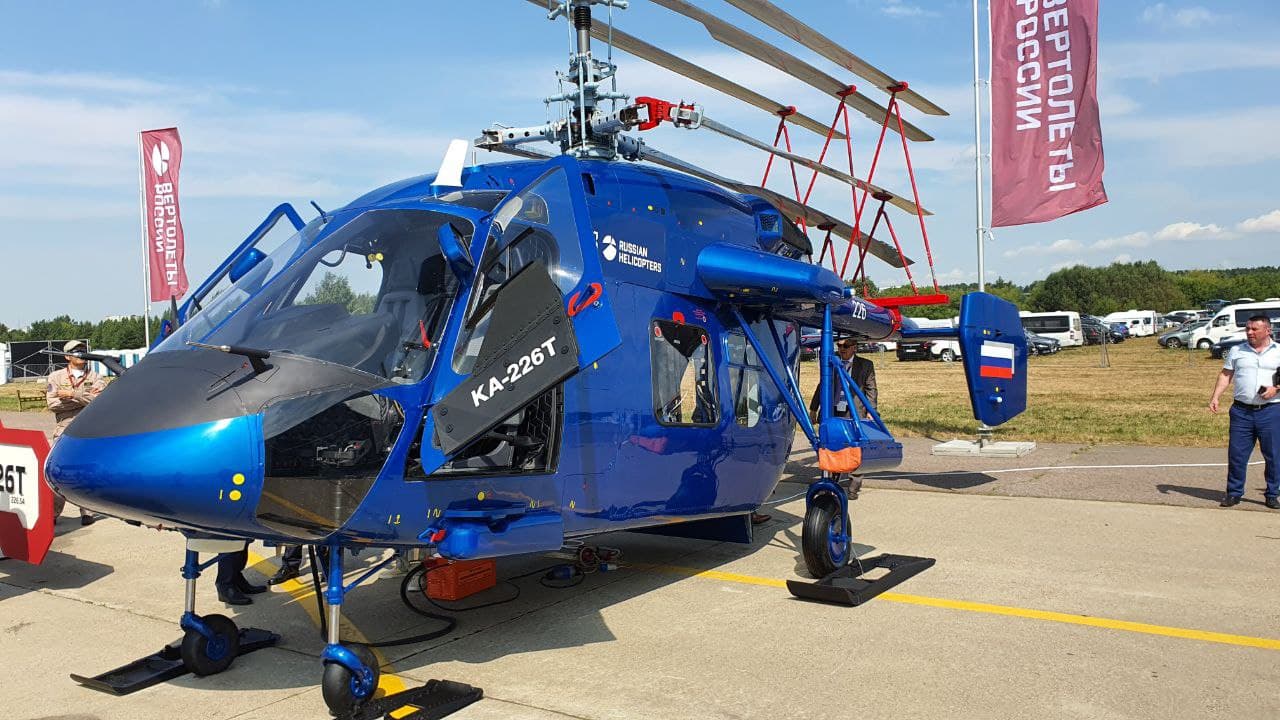
India’s long-held dream of replacing its ageing Cheetah and Chetak helicopters with modern Russian Ka-226Ts seems to be grounded over complex engine issues. Though chosen by both the Indian Army and Air Force, two critical roadblocks threaten the program’s future:
Despite ambitious goals, India’s state-owned Hindustan Aeronautics Limited (HAL) is struggling to achieve the desired level of local manufacturing for the Ka-226T. The current French engine hinders reaching the stipulated 75% localization target, falling short at 62.4%.
Continue readingSOURCE: RAUNAK KUNDE / NEWS BEAT / IDRW.ORG
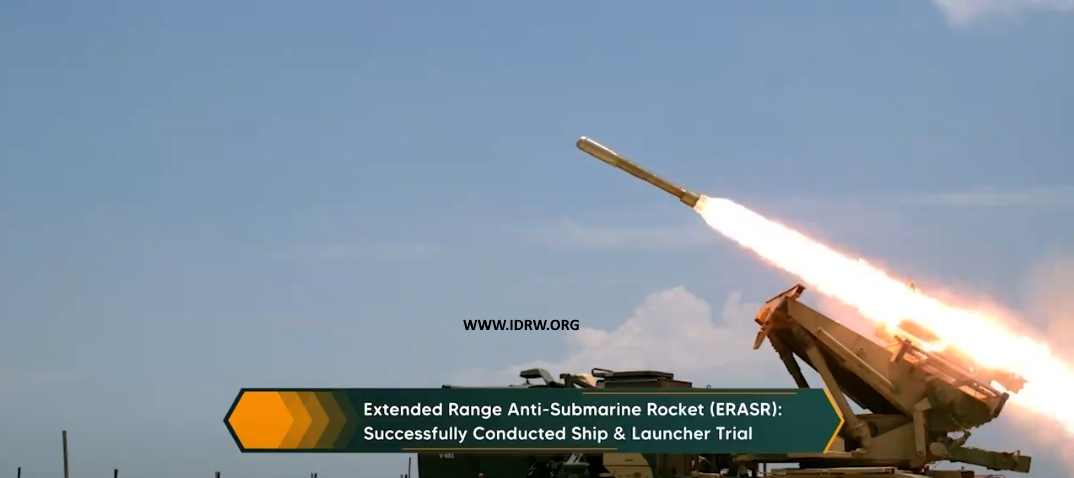
In a groundbreaking development showcased in the DRDO Year End Review of 2023, the Defence Research and Development Organisation (DRDO) unveiled the first image of a land-based system of the Extended Range Anti-Submarine Rocket (ERASR). This technological marvel, developed by the Armament Research & Development Establishment (ARDE), signifies a significant advancement in India’s anti-submarine warfare capabilities.
The ERASR completed successful trials from Ship and Launcher Trials in 2023, marking a pivotal moment in the evolution of anti-submarine weaponry. Developed by ARDE, the Extended Range Anti-Submarine Rocket (ER-ASR) is designed to enhance the range of the existing RGB-60 Anti-Submarine Rocket from 5.3 km to an impressive 8.0+ km. The successful trials validate its effectiveness in real-world scenarios, setting the stage for its potential deployment in naval operations.
Continue readingSOURCE: IDRW.ORG TEAM

The Defence Research and Development Organisation (DRDO) is gearing up for additional testing of its Naval Anti-Ship Missile – Short Range (NASM-SR) in 2024. The upcoming tests are intended to validate all technical parameters of the missile, with a particular focus on achieving its maximum range of 55 kilometers. This initiative comes following the successful flight test conducted by DRDO in November, during which the missile demonstrated a range of 35 kilometers.
The NASM-SR is a formidable naval anti-ship missile designed to enhance the capabilities of the Indian Navy. It is propelled by two two-stage solid propulsion systems, featuring an in-line ejectable booster and a long-burn sustainer. These advanced propulsion systems contribute to the missile’s agility and effectiveness in engaging maritime targets.
Continue readingSOURCE: IDRW.ORG TEAM

Dg Propulsion Private Limited (DPPL) is celebrating a major milestone today! Their team successfully completed demo test runs for the powerful and precise DG J40 Jet engine, showcasing its capabilities for valued customers. This marks a significant leap forward for the Indian company, further solidifying their position as a leader in cutting-edge jet engine technology for unmanned aerial vehicles (UAVs) and defense applications.
Building upon the success of their DG J20 engine, DG Propulsion has raised the bar with the DG J40. This turbojet boasts a thrust capacity of up to 40 kgf, making it a true powerhouse in the world of UAV propulsion. This increased power output translates to greater range, payload capacity, and maneuverability for UAVs, opening up exciting new possibilities for military and civilian applications.
Continue readingSOURCE: RAUNAK KUNDE / NEWS BEAT / IDRW.ORG
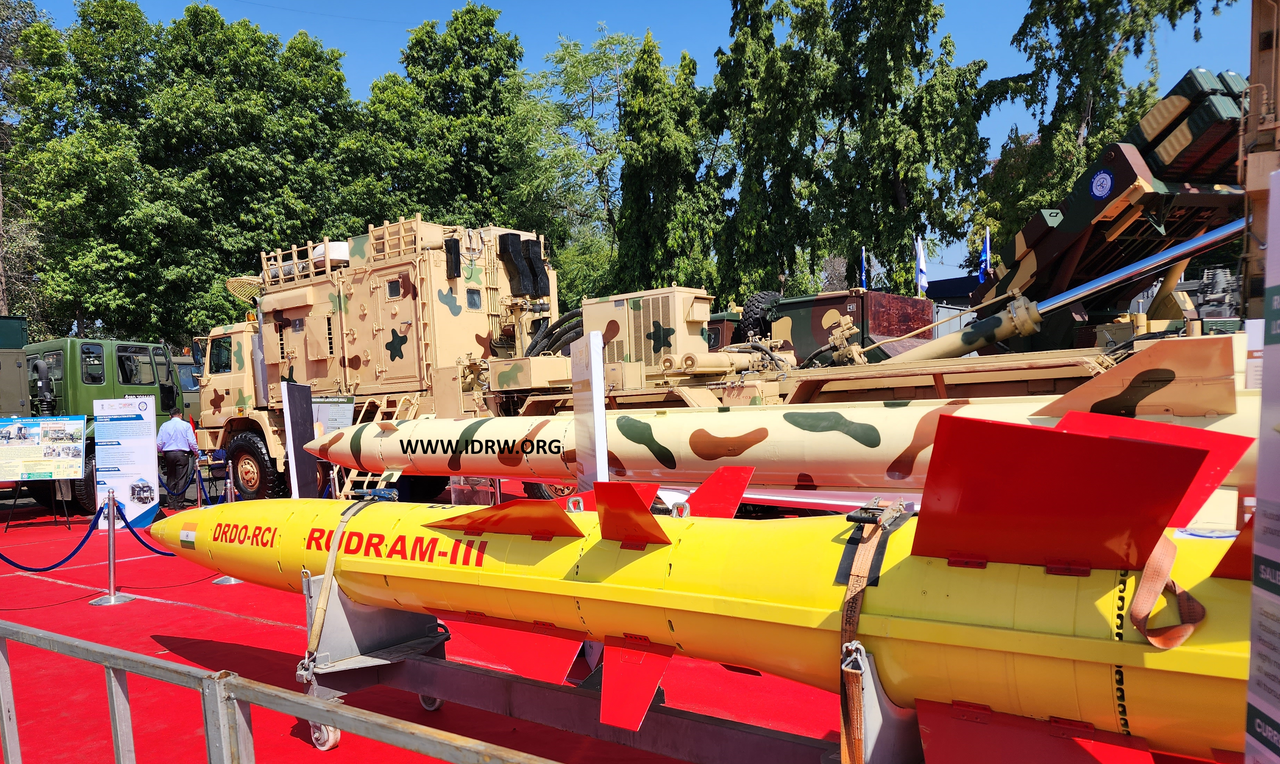
As 2023 draws to a close, India’s missile arsenal stands poised for further expansion in 2024. With a consistent record of both public and classified tests throughout the year, the Defence Research and Development Organisation (DRDO) is gearing up for more trials and potentially unveiling game-changing technologies.
Here’s a glimpse into what we can expect:
Continue readingSOURCE: RAUNAK KUNDE / NEWS BEAT / IDRW.ORG
India’s Aeronautical Development Establishment (ADE) is gearing up for the next chapter in its unmanned aerial vehicle (UAV) program with the upcoming Archer-NG. This indigenously developed Weaponized Medium Altitude Long Endurance (MALE) UAV promises to be a game-changer, offering advanced capabilities for Intelligence, Surveillance, Target Acquisition, Tracking and reconnaissance (ISTAR) missions and even venturing into strike roles.
At the heart of Archer-NG lies a powerful engine, crucial for its impressive performance. Initially, the UAV will be powered by an Austro Engine 330EP, generating 177 HP. However, the true potential lies in the indigenous engines being developed by the Vehicle Research and Development Establishment (VRDE).
Continue readingSOURCE: RAUNAK KUNDE / NEWS BEAT / IDRW.ORG
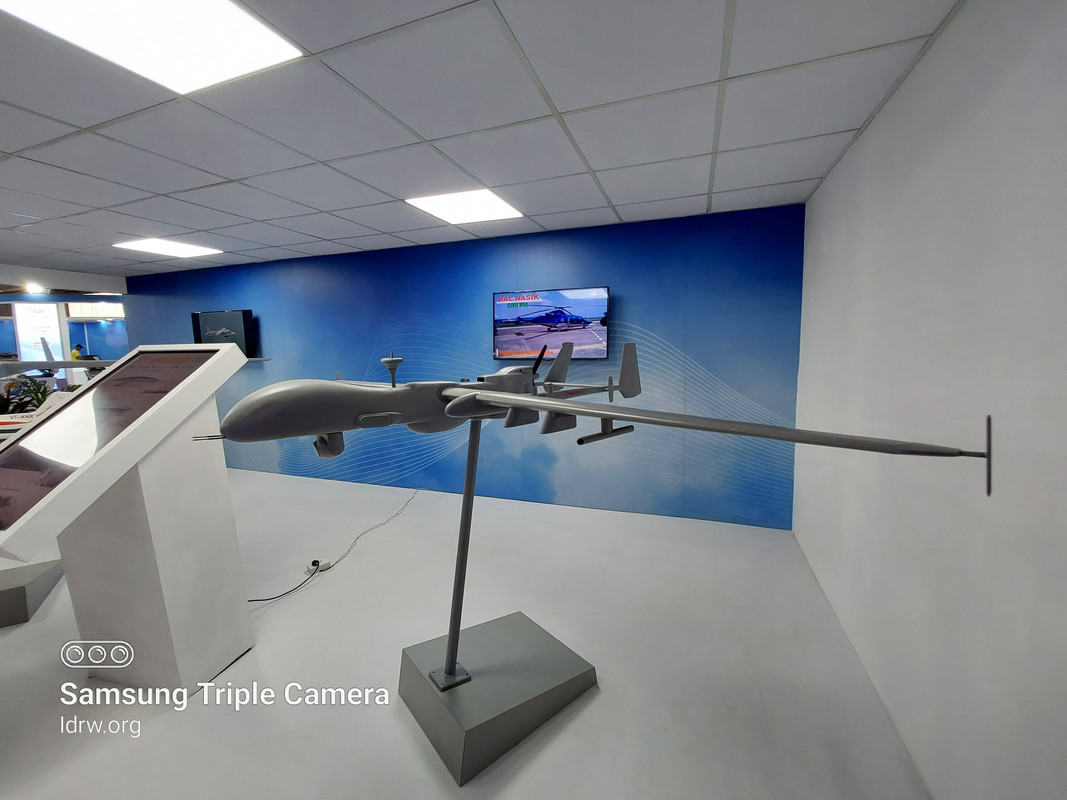
Following the closure of India’s Tapas Medium Altitude Long Endurance (MALE) UAV program due to technical shortcomings, Israel Aerospace Industries (IAI) has stepped forward with an offer to locally manufacture its Heron Mk II unmanned aerial vehicles (UAVs) in collaboration with Hindustan Aeronautics Limited (HAL). This proposal comes in the wake of IAI’s successful supply of Heron Mk II UAVs to the Indian Air Force (IAF) and the growing emphasis on indigenous manufacturing in the defence sector.
IAI’s Heron Mk II UAVs, recently procured by the Indian Air Force, have demonstrated advanced capabilities, prompting IAI to extend an offer for local manufacturing in collaboration with HAL. This proposal aligns with India’s push for self-reliance in defence manufacturing and technology, emphasizing the importance of indigenous production.
Continue readingSOURCE: IDRW.ORG TEAM
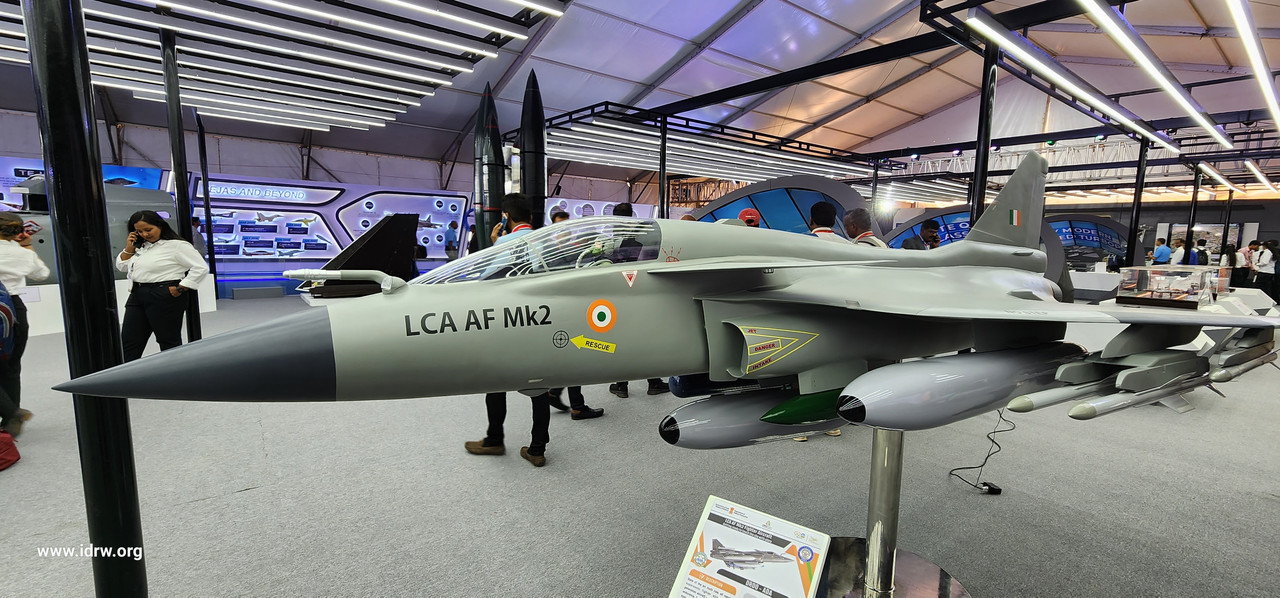
India’s Tejas MkII fighter jet, set to be powered by the American F-414 engine, will boast a modular engine bay designed to accommodate even more powerful engines in the future. This forward-thinking approach paves the way for seamless integration of a new 110kN engine currently under development for the fifth-generation Advanced Medium Combat Aircraft (AMCA) program.
The F-414 engine, a proven powerhouse generating around 98kN of thrust, will provide ample muscle for the Tejas MkII fleet. However, anticipating future needs for increased power, especially in the AMCA program, the engine bay has been designed with adaptability in mind.
Continue reading